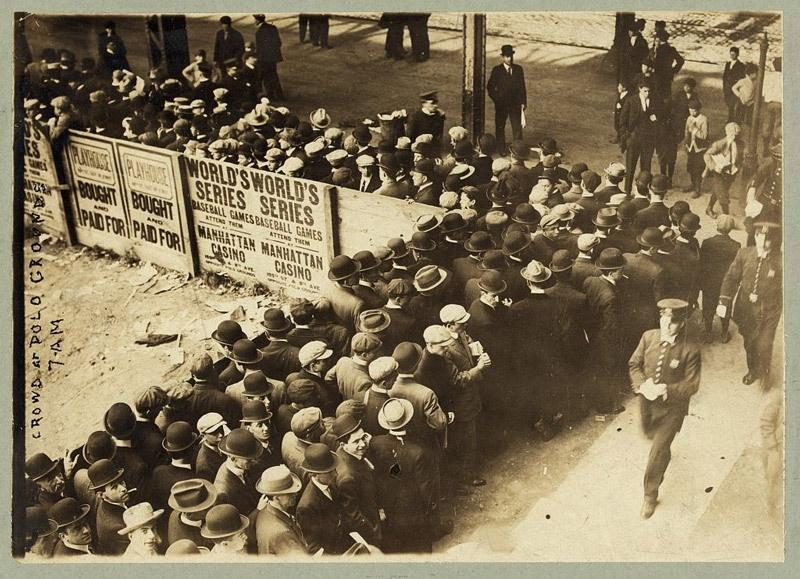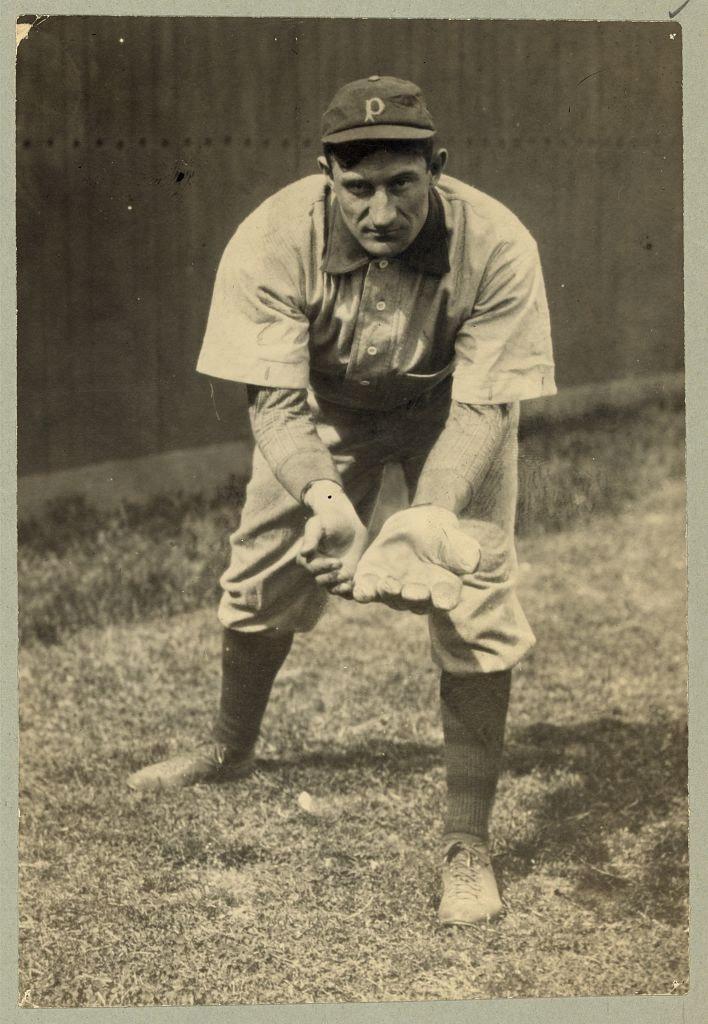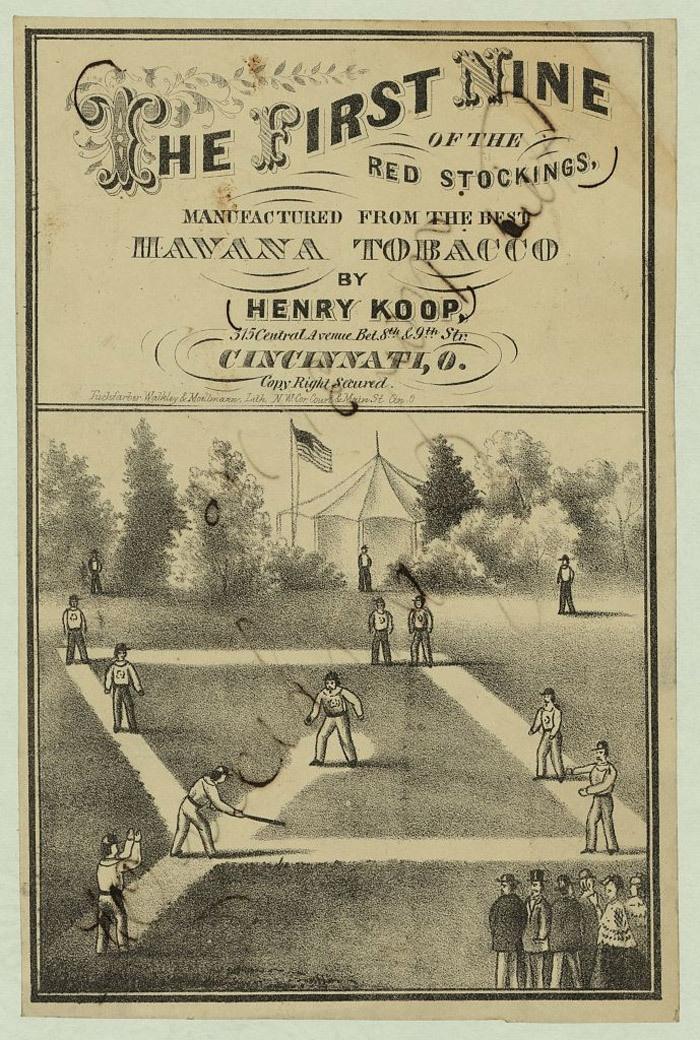Baseball has long been considered America's favorite pastime. Many years ago, that might have been true. However, there is ample evidence that football has become the favorite sport in America, at least where TV viewership is concerned. Still, it's hard to imagine any community in America where kids aren't in the streets or local parks playing baseball during the summer. Also, baseball remains forever popular in terms of kids and adults collecting baseball cards.
The Myth of Abner Doubleday
For over a century, fathers have been telling their little boys that a Civil War hero named Abner Doubleday was the inventor of baseball. According to myth, Doubleday was to have described the very game that is being played today back in 1839. The myth was apparently enhanced by a Colorado mining engineer who told tales of actually playing the game with Doubleday. According to an official historian of Major League Baseball John Thorne, "In fact, the ballgame that this Colorado mining engineer describes was very similar to the game that had been played in many localities, for probably 100 years."

The Historical Truth
The evolution of the game Americans call baseball has its root in the mid to late 18th century. At the time, there was a schoolyard game that kids were playing in major east coast cities of states like New York, Philadelphia, and Massachusetts. While there was a game being played in these states, each state seemed to have its own variation. As the game picked up in popularity, it would seem the variation that was played in the streets and parks of New York finally won out as the "official" version that would spread across the country. To be fair, some credit for the game's invention has to be attributed to England. It was English games like rounders and cricket that seemed to have offered their influence to the kids in American cities.

This is a plausible assumption, considering how many families were immigrating from England to the U.S. during the time baseball came into being. What inspired the game's popularity was the usual suspect, that being the American dollar. While the game was largely considered a game played by kids, it was professional gamblers who eventually took note of the game's value from a gambling perspective. Based on the rules of the game, there was ample opportunity for grown men to place wagers on the outcomes of each inning or the games themselves. This gambling interest eventually led to grown men picking up the bats and balls and creating their own leagues, the New York Knickerbocker Baseball Club being one of them. The leagues came complete will wagering opportunities. According to Thorne, "I don't think you could have had the rise of baseball without gambling. It was not worthy of press coverage. What made baseball seem important was when gamblers figured out a way to spur interest in it."

History of Baseball Innovations
In the earliest years of baseball, there were no baseball mitts. Men played the game barehanded. Fielding gloves became a much later innovation, something that appears to have come about sometime in the 1870s. There is also evidence that actual baseball uniforms did not come into being until some time in the mid to late 19th century. The earlier teams differentiated themselves by wearing ribbons on their shirts and what eventually became jerseys. Legend has it that there was a tradition of teams exchanging ribbons after a game at a banquet that was being hosted by the winning team. Another great innovation of sorts was the baseball field itself. Earlier fields were open pastures of land. Home runs came as easy as hitting a line drive between the gaps and watching the ball roll endlessly as players rounded the bases.

In the late 19 century, some baseball fields saw fences being erected to keep players from having to chase a solitary ball all over the field. As the fences went up, players began to realize they would have to hit the ball over the fence in order to claim all four bases. That's exactly what some of the bigger players learned to do. Today, we call them sluggers. In a bit of irony, the fences kept getting closer to home plate at the same time players were getting bigger, stronger, and more proficient at playing the game. It's likely the reason baseball fans (mostly kids) became enamored with baseball's greatest sloggers, players like Ty Cobb, Lou Gehrig, and the immortal Babe Ruth.
Hey James Hills wants you to share this!


